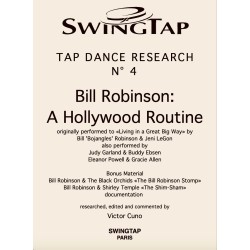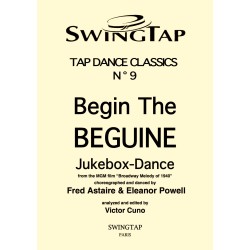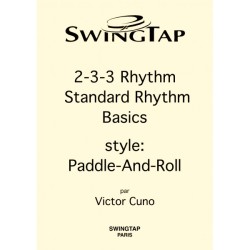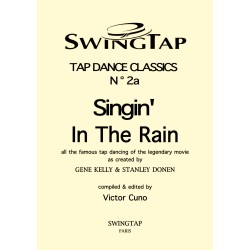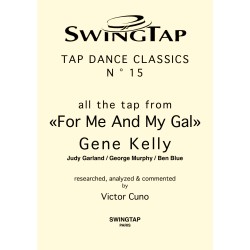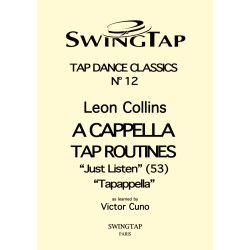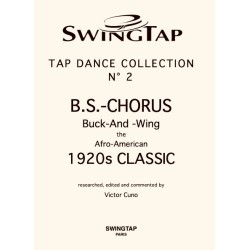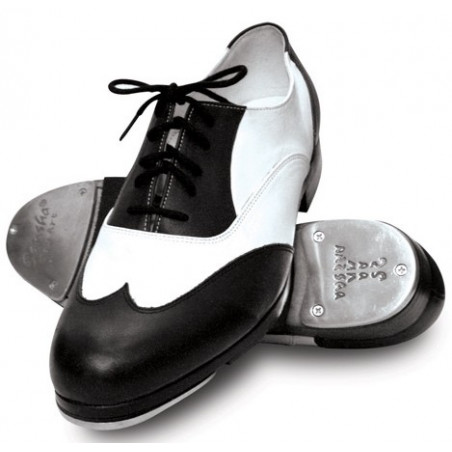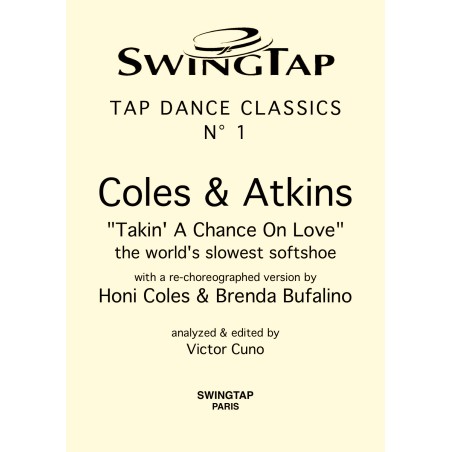

TDC N° 1 - "Takin' A Chance On Love" the slowest Softshoe. The great classic routine in 2 versions. Presented, edited and commented by Victor Cuno. Available as DOWNLOAD PDF


Introduction
Taking A Chance On Love
"As Coles and Atkins move into their celebrated Soft Shoe, the music seems to stop. The orchestra is playing Taking a Chance on Love as if it will never reach the second note of the melody" writes Marshall Stearns in his book Jazz Dance. He also commented upon the dancers when they recorded this routine in the CBS television series Camera 3 in January 1965, performing it on a tap mat.
When everybody else tried to tap as fast as possible (a feature in which Honi Coles himself excelled), the team of Coles & Atkins slowed things down beyond imagination. Nobody believed that a tap routine done to a quarter note tempo of 64 on the metronome could still sound right - and yet it did : "the world's slowest Softshoe" became a classic.
The dance itself, just a regular 32-bar chorus of the well known tune, is not merely a regular Softshoe slowed down, it is a real creation of slow-motion movements set to tap. The rhythm builds up from the usual eight-note triplet patterns to swinging double-time, taking from the classical Softshoe Steps mainly the Softshoe-Walk and a version of the Softshoe-Break. Cholly Atkins resumed their ultimate goal to Marshall Stearns : " It had to be slower than anybody else's; at the same time, it had to be really interesting; and finally, it had to be so lyrical that it could stand by itself, that is it had to sound just as good with or without accompaniment, so we could do it without music".
In later years Honi Coles re-choreographed the routine with the help of Brenda Bufalino. The result was a sligthly different version of the dance, presented by Gregory Hines and Tommy Tune as a tribute to Honi Coles on the PBS-Special Great Performances - Tap. Honi, who at the time had already suffered a stroke, was not able to dance anymore, but enjoyed himself in the audience.
The changes, compared to the probably original version showed in 1965, concern mainly the 2nd Step, entirely redone with a Three-And-A-Break set-up danced in double-time, and the 4th Step, starting now with triple-time clusters.
Yet another, «lost» version was recorded at one time. Glimpses of it can be found in the documentary «Doctors Of Dance». It would have been of the highest interest to be able to include it...



